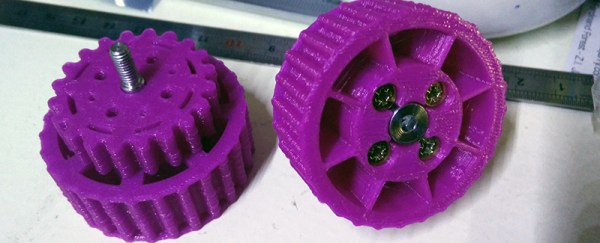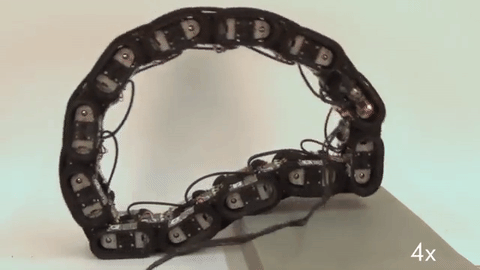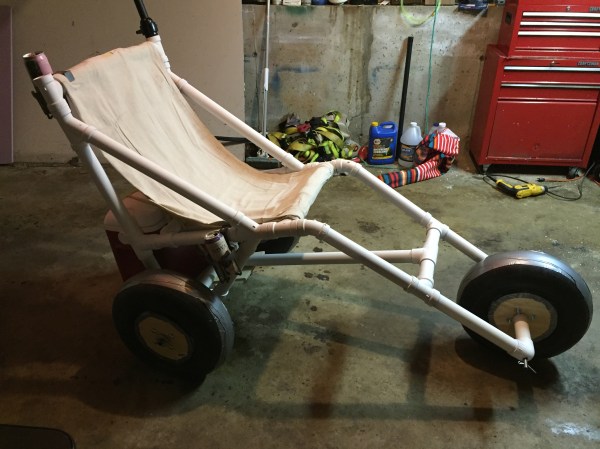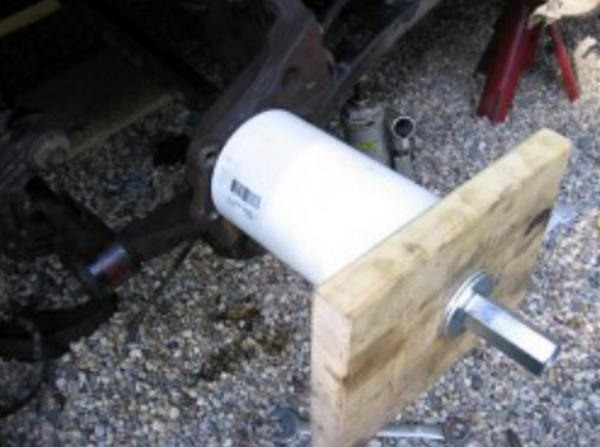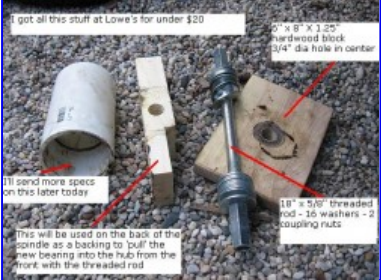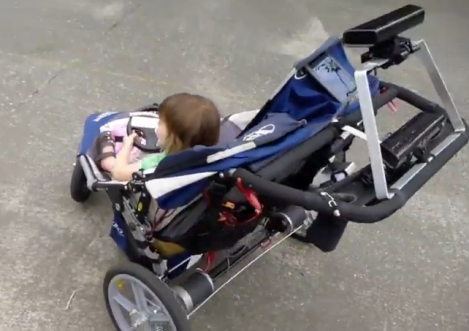When it comes to robotic platforms, there is one constant problem: wheels. Wheels have infinite variety for every purpose imaginable, but if you buy a wheeled robotic chassis you have exactly one choice. Even if you go down to the local Horror Freight, there’s only about five or six different wheels available, all of which will quickly disintegrate.
To solve this problem, [Audrey] created OpenWheel, a system of parametric, 3D-printable wheels, tweels, tires, and tracks for robotics and more.
Like all good parametric 3D-printable designs, OpenWheel is written in OpenSCAD. These aren’t 3D designs; they’re code that compiles into printable objects, with variables to set the radius, thickness, diameter of the axle, bolt pattern, and everything else that goes into the shape of a wheel.
Included in this toolset are a mess of wheels and gears that can be assembled into a drivetrain. 3D-printable track that can be printed out of a flexible filament for something has been almost unobtanium until now: completely configurable 3D-printable tank treads. All we need now is a 3D-printable tank transmission, and we’ll finally have a complete hobby robotics chassis.

